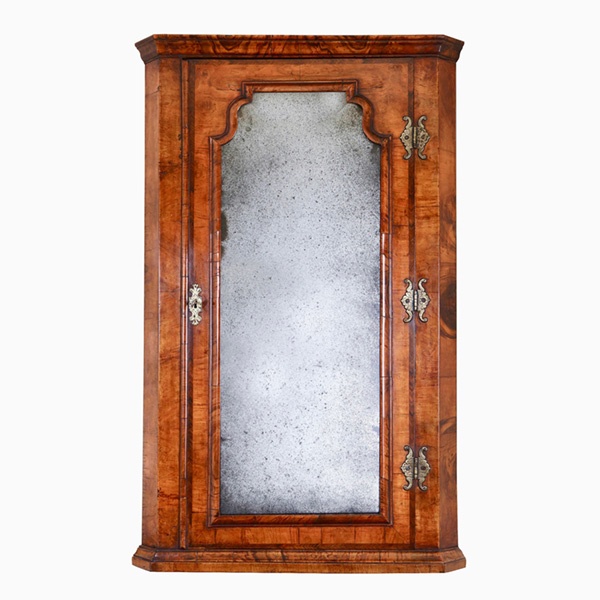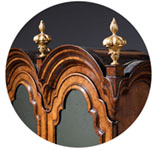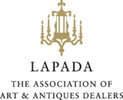English 18th Century Chippendale George III Gilt Brass Rococo Hall Lantern
Sold
Request Information
Follow Us
English 18th Century Chippendale George III Gilt Brass Rococo Hall Lantern
A superb and original late 18th century George III rococo large gilt brass hall lantern from the most celebrated period in English furniture design: the Chippendale period.
The original shaped four-light candelabra hangs within a cylindrical lantern cast with scrolling acanthus, with five original serpentine glazed panels and a door to one face.
It should be noted that this is a rare, exceptional and original survivor from one of the most celebrated periods in English furniture design.
Lanterns of this elaborate form are just as stylish and fashionable today as they were when first produced some 300 years ago.
Condition
Good. Wear consistent with age and use. Superb condition. Original gilding.
Dimensions
Height: 31.89 in. (81 cm)
Diameter: 17.72 in. (45 cm)
PREVIOUSLY SOLD
No Results Found
The page you requested could not be found. Try refining your search, or use the navigation above to locate the post.
No Results Found
The page you requested could not be found. Try refining your search, or use the navigation above to locate the post.
YOU MAY ALSO LIKE

Queen Anne Walnut Corner Cupboard with Bevelled Mirror Plate
A truly remarkable find in original condition. To the door a shaped soft bevelled mirror plate is framed by a cross-grain molding of typical queen Anne design which is further cross-banded, feather-banded and edged to the opening with a single de-molding.

Queen Anne Walnut Corner Cupboard with Bevelled Mirror Plate
A truly remarkable find in original condition. To the door a shaped soft bevelled mirror plate is framed by a cross-grain molding of typical queen Anne design which is further cross-banded, feather-banded and edged to the opening with a single de-molding.







